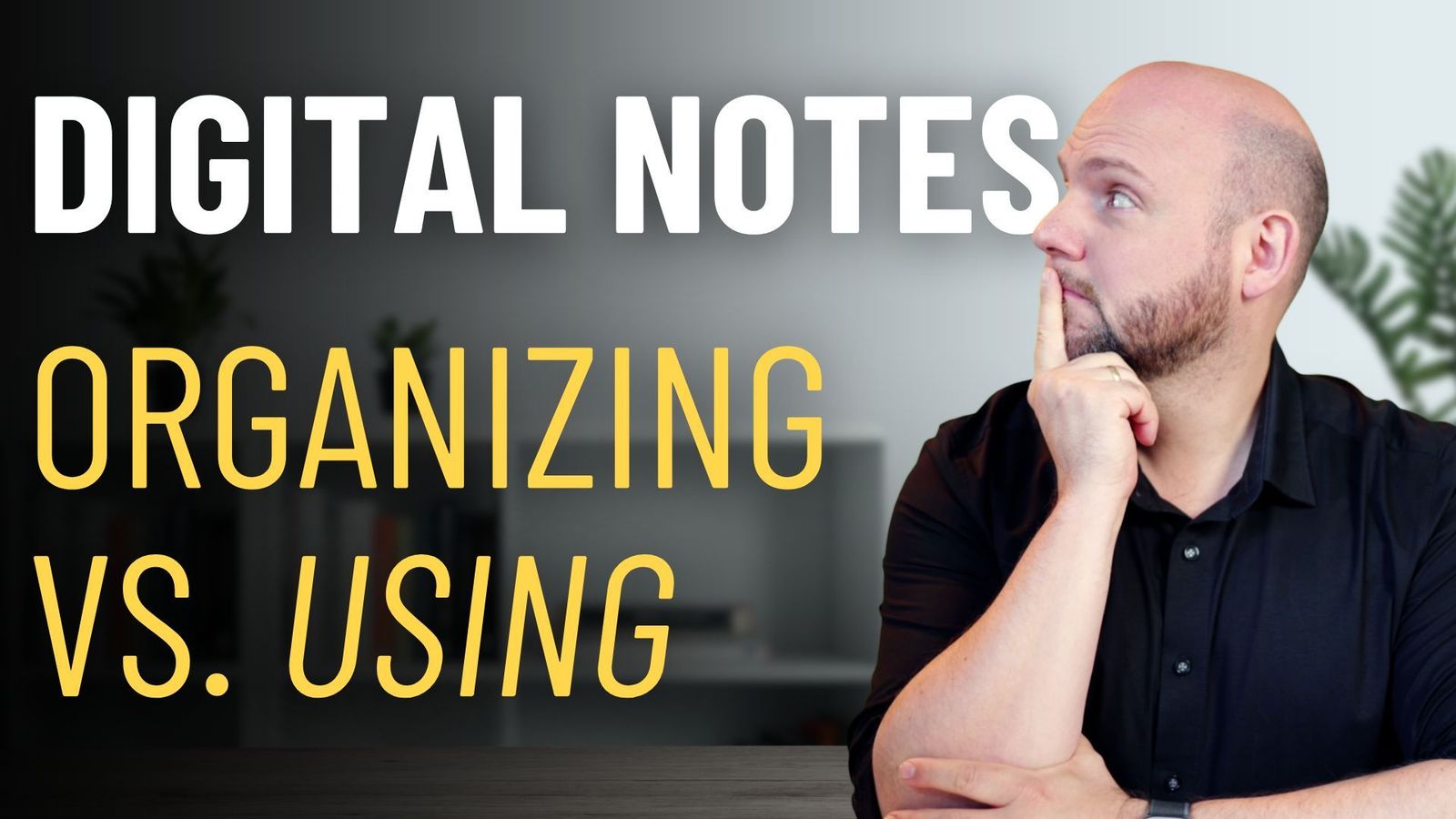Feeling overwhelmed by the constant influx of interesting articles, podcasts, and videos is a common struggle. The fear of missing out (FOMO) often prompts us to save these resources hastily, but the anxiety about losing them can be daunting. To manage this effectively, it’s crucial to ask yourself a couple of questions: Do you really need to save this, or can you search for it later? If a quick Google search is faster than digging through your notes, don’t bother saving it. If you do need to save it, ensure you know where and how to store it for easy retrieval later.
The Capturing Beast
In the Paperless Movement®, we use the IO methodology to tackle this issue with concepts like the Capturing Beast and the distinction between shallow and deep thinking. The Capturing Beast splits information into three buckets: current projects, key elements, and topics.
- Current Projects: These are the projects you’re actively working on. They need your immediate attention and effort.
- Key Elements: These are critical aspects of your life, like family and job, which, if disrupted, would have significant consequences.
- Topics: These are areas of general interest that you might want to explore further in the future.
When you come across new information, quickly categorize it into one of these buckets. This helps in prioritizing and organizing your thoughts effectively.
Shallow vs. Deep Thinking
Understanding the difference between shallow and deep thinking is key. Shallow thinking involves quick captures and light processing, often using tools like Reader or Tana for easy access and tagging. Deep thinking, on the other hand, requires more detailed processing and is best handled in tools like Heptabase, where you can delve deeper into the content, create detailed notes, and build complex structures.
Shallow Thinking Tools
- Reader: Great for capturing articles and tagging them with relevant topics for easy retrieval.
- Tana: Excellent for quick notes, meeting summaries, and initial thoughts that might evolve later.
Deep Thinking Tools
- Heptabase: Ideal for detailed notes, whiteboards, and long-form text. It helps in understanding and developing complex ideas.
- Miro: Perfect for team collaboration and handling complex projects that require visual brainstorming.
The Importance of Routines
Having a routine for processing your inboxes is crucial. Regularly review the items in your Reader or Tana inbox, decide their relevance, and categorize them appropriately. This helps in keeping your system clean and ensuring that only important information is retained and processed.
Moving from Shallow to Deep Thinking
When a topic becomes more significant, move it from a shallow to a deep thinking system. For instance, if you’re interested in programming and decide to make it a project, start with capturing relevant articles in Reader and then move detailed notes and insights into Heptabase as you delve deeper.
Actionable Insights
Understanding and managing information efficiently can transform your productivity. By categorizing information, distinguishing between shallow and deep thinking, and maintaining regular routines, you can ensure that you never lose track of important information.
We invite you to join the Paperless Movement® Membership to learn more about our comprehensive approach to productivity, including courses on Note-Taking, PKM, Task Management, and Project Management. Dive into our PKM like a Pro Course to master the art of Personal Knowledge Management and transform your workflow today.



